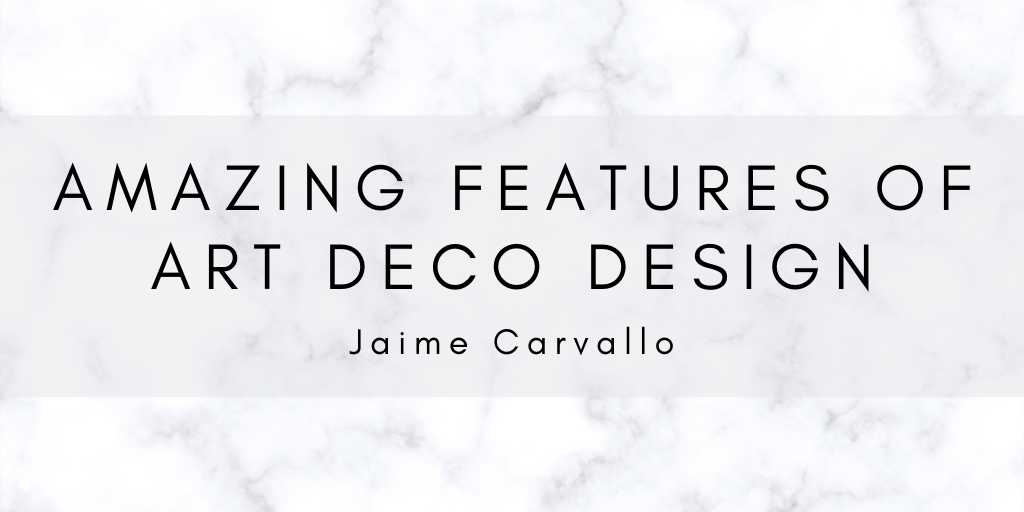The creative and detailed design of Art Deco, a style that also goes by the name of style moderne, started in the 1920s and later became a significant style in both Europe and the united states during the 1930s. The name of Art Deco originated from the Exposition Internationale des Arts Decoratifs et Industriels Modernes that was held in Paris during 1925. The style started to be more widely represented in both fashions and architecture.
The Fashions
The fashion industry used the style of art deco to craft luxury items and mass-produced fast fashions; it was their intention to create both sleek and considered anti-traditional elegance that symbolized wealth sophistication. You could easily distinguish the style by its clean lines, simple shapes, and streamlined appearances. The materials often varied but were expensive to manufacture; substances like plastics, vita-glass, jade, silver, ivory, obsidian, chrome, and rock crystal were all used quite frequently in the designs. The decorative ideas came from cultures such as America’s indigenous peoples, Egyptians, classical sources, and nature. The motifs were often created from animals, foliage, sun rays, and even inspiration from the female form.
The Architecture
When it came to architecture, art deco became prominent in the US with its zigzag or stepping-like shapes that can be seen in many skyscrapers built in the ’20s. This style was used to make the skyscrapers’ hight seem taller and more prominent instead of it being the standard skyscraper that had a broad base that narrows, and it narrows toward the sky in a step-like form narrowing further and further in width. This style was inspired by the Egyptian pyramids and also had a lot to do with the New York zoning mandates that took place, which caused setbacks for many urban buildings. The zoning determined that the skyscrapers’ size was to be determined by the width of the street. This eliminated any claustrophobic conditions that it might have caused in the city. Had these setbacks not occurred, New York would be riddled with shadows and winds that would have been caused by chasms created by surrounding buildings.
Classic Moderne
The style of Classic modern you can identify by the grace of its composition. This architecture modifies more classical styles and can be used for both exterior and interior ornamentation. When the stocks crashed in 1929, President Franklin D. Roosevelt established funding for public buildings. Art Deco style was very much associated with FDR’s New Deal created as it created a more balanced appearance.
The style values symmetry, usually horizontally structured aside from the towers modeled after more traditional forms. The zigzag shape helped create a more stern appearance from the classical way, giving it an avant-garde appearance.

